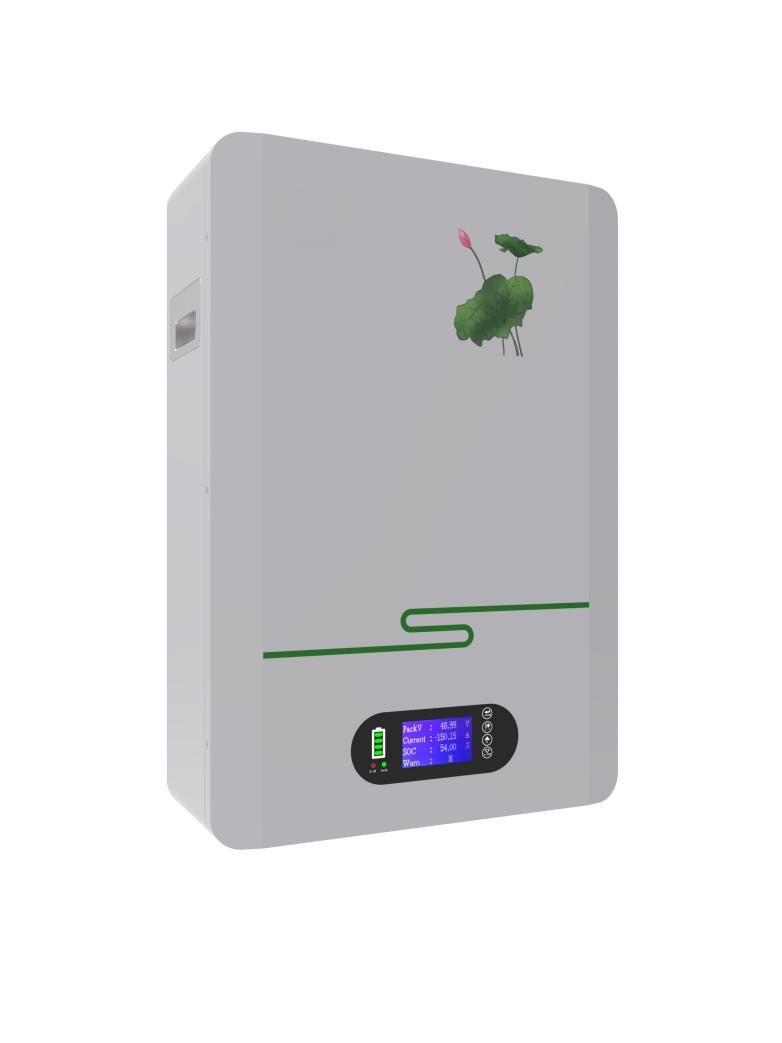- 14
- Nov
A new method to solve the lithium-ion battery getting fire
A research team from the National Renewable Energy Laboratory (NREL) proposed a new method to solve the fire problem of lithium-ion batteries. The key to the answer may lie in the temperature-sensitive current collector.
American scholars proposed that polymer current collectors can prevent fires and improve energy storage battery fire hazards
What happens when a nail pierces a lithium-ion battery cell? The researchers who observed this process claim that they have developed a polymer-based method that can counter the inherent fire hazards associated with lithium-ion batteries.
Scholars from the US National Renewable Energy Laboratory (NREL), NASA (NASA), University College London, Didcot’s Faraday Institute, London’s National Physical Laboratory, and France’s European Synchrotron, will The nail is driven into a cylindrical “18650 battery” (18x65mm in size) commonly used in automotive applications. Researchers are trying to reproduce the mechanical stress that electric vehicle (EV) batteries must endure in a crash.
The nail will trigger a short circuit inside the battery, causing its temperature to rise. In order to study in more detail what happened inside the battery when the nail penetrated the battery, the researchers used a high-speed X-ray camera to capture the event at 2000 frames per second.
Donal Finegan, a staff scientist at NREL, said: “When the battery does fail, it fails very quickly, so it can go from completely intact to being swallowed by flames and completely destroyed in a few seconds. The speed is very fast, very fast. It is difficult to understand what happened in these two seconds. But it is also very important to understand what happened, because the management of these two seconds is an important factor in improving battery safety.”
If left unchecked, the battery temperature rise caused by thermal runaway has been proven to exceed 800 degrees Celsius.
The battery cells contain current collectors of aluminum and copper. The research team used aluminum-coated polymers to play the same role and observed that their current collectors shrink at high temperatures, immediately arresting the flow of current. The short-circuit heat causes the polymer to shrink, and the reaction forms a physical barrier between the nail and the negative electrode, stopping the short-circuit.
During the experiment, all batteries without a polymer current collector will deflagrate if the nail is pierced. In contrast, none of the batteries loaded with polymer exhibited this behavior.
Finegan said: “The catastrophic failure of the battery is very rare, but when this happens, it can cause a lot of damage. It is not only for the safety and health of the relevant personnel, but also for a company.”
American scholars proposed that polymer current collectors can prevent fires and improve energy storage battery fire hazards
Considering the company that is integrating battery cells, NREL pointed to its battery failure database, which contains hundreds of radiological video and temperature data points from hundreds of lithium-ion battery abuse tests.
Finegan said: “Small manufacturers don’t always have the time and resources to test batteries in such a rigorous way we have in the past five to six years.”
Russian researchers have also recently developed the idea of using polymers to prevent battery fires. Professor Oleg Levin of the Department of Electrochemistry at St. Petersburg University and his colleagues developed a method for using polymers and applied for a patent. The conductivity of this polymer changes with changes in heat or voltage. The team called this method “chemical fuze”.

According to the micro-lithium battery group, at present, this polymer of Russian scientists is only suitable for lithium iron phosphate (LFP) batteries, because different cathode components work at different voltage levels. For LFP batteries, it is 3.2V. Competitor nickel-manganese-cobalt (NMC) cathodes have operating voltages between 3.7V and 4.2V, depending on the type of NMC battery.
